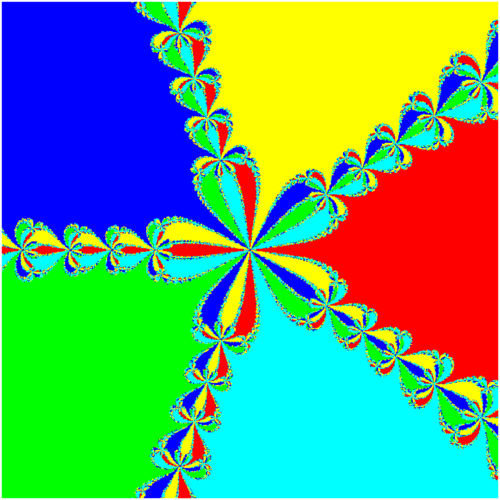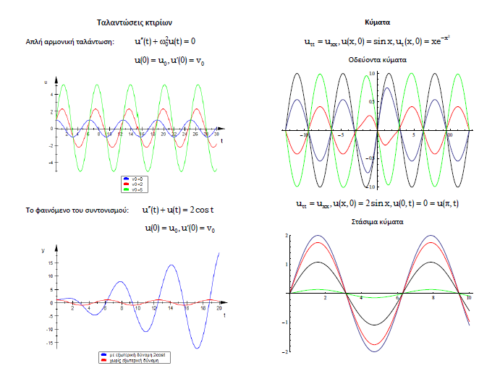Bending theory: normal and shear stresses, deflection curve, energy methods. Special topics: non-prismatic beams, composite beams, inelastic bending, deflections due to shear, non-symmetric bending, shear center. Torsion: circular bars, rectangular bars, thin-walled closed sections, inelastic torsion, torsion of statically indeterminate members. Combined loading: axial, flexural, torsional. Buckling and stability: elastic and inelastic column behaviour. Laboratory testing: (a) strong and weak axis bending of timber beams, (b) inelastic bending of steel tube, (c) torsion of circular rod, (d) rebar buckling
MECHANICS OF MATERIALS
| SEMESTER | 3rd |
|---|---|
| eclass | https://eclass.upatras.gr/courses/CIV1501/ |
| Details | https://www.civil.upatras.gr/index.php/odhgos/ |
| Instructor | TRIANTAFILLOU ATHANASIOS |
| LANGUAGE OF INSTRUCTION and EXAMINATIONS | Greek |
| Credits ECTS | 6 |
| Teaching Hours | 6 |
| Erasmus+ | Υes, but only through self-study from English textbook |
| Code | CIV_4218 |
By the end of this course the student will know the mechanics of:
- Elastic bending of beams (calculation of stresses and deflections).
- Special problems in bending (non-prismatic beams, composite beams, inelastic bending, deflections due to shear, non-symmetric bending, shear center).
- Elastic torsion in members with circular, rectangular thin-walled closed sections.
- Inelastic torsion.
- Members under combined loading (bending moments, shear force, axial force, torsional moment).
- Elastic buckling and basic principles of inelastic buckling.
By the end of this course the student will have developed the ability to:
- Calculate stresses in problems of elastic beam bending.
- Calculate elastic deflections and rotations according to different methods.
- Understand the mechanics of special problems (non-prismatic beams, composite beams, inelastic bending, deflections due to shear, non-symmetric bending, shear center).
- Calculate shear stresses and rotations due to elastic torsion in members with circular, rectangular and thin-walled closed sections.
- Understand the mechanics of inelastic torsion.
- Calculate stresses and deflections in members subjected to combined actions (bending moments, shear force, axial force, torsional moment).
- Analyse problems of member buckling and to calculate the critical load.





